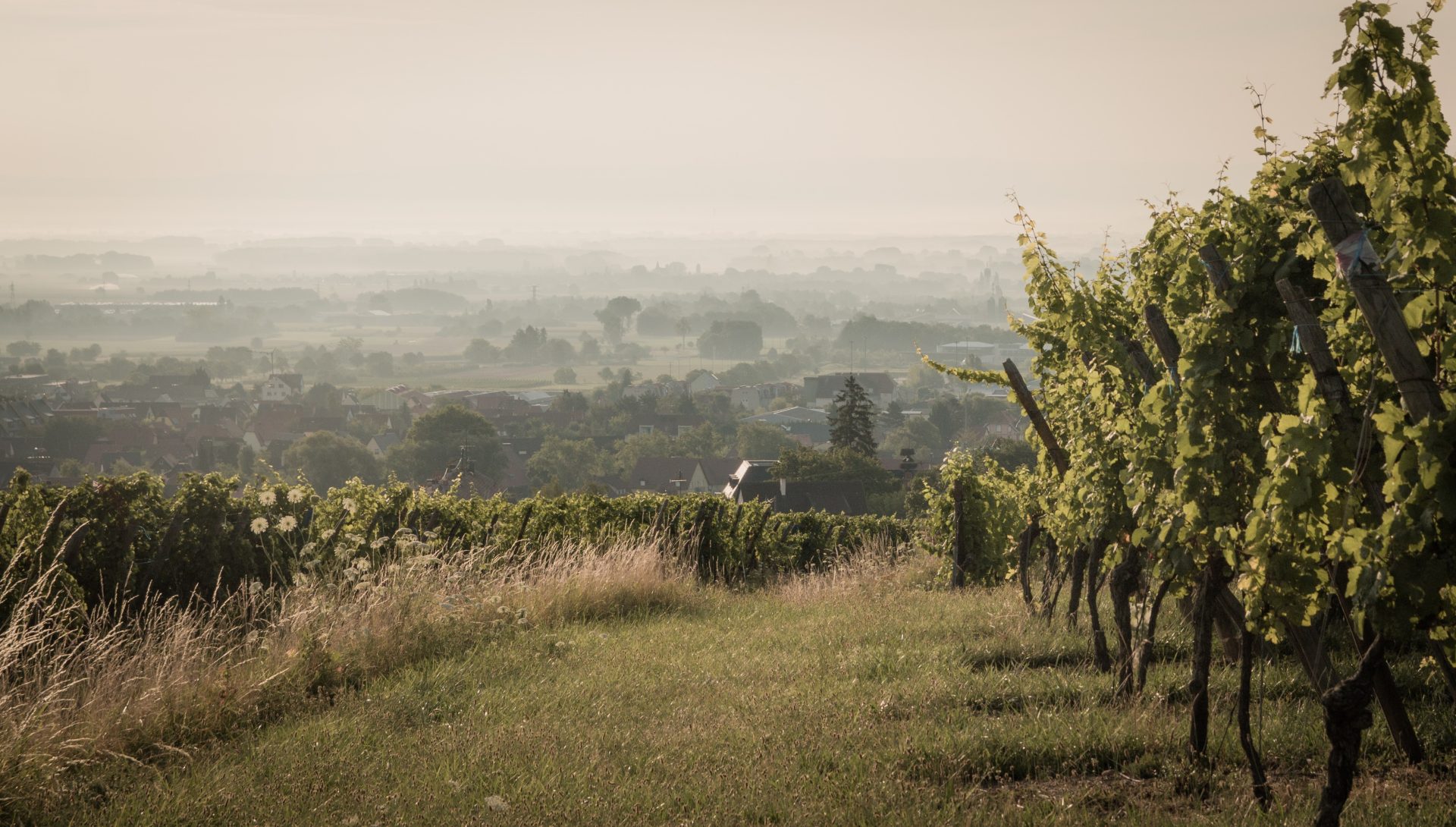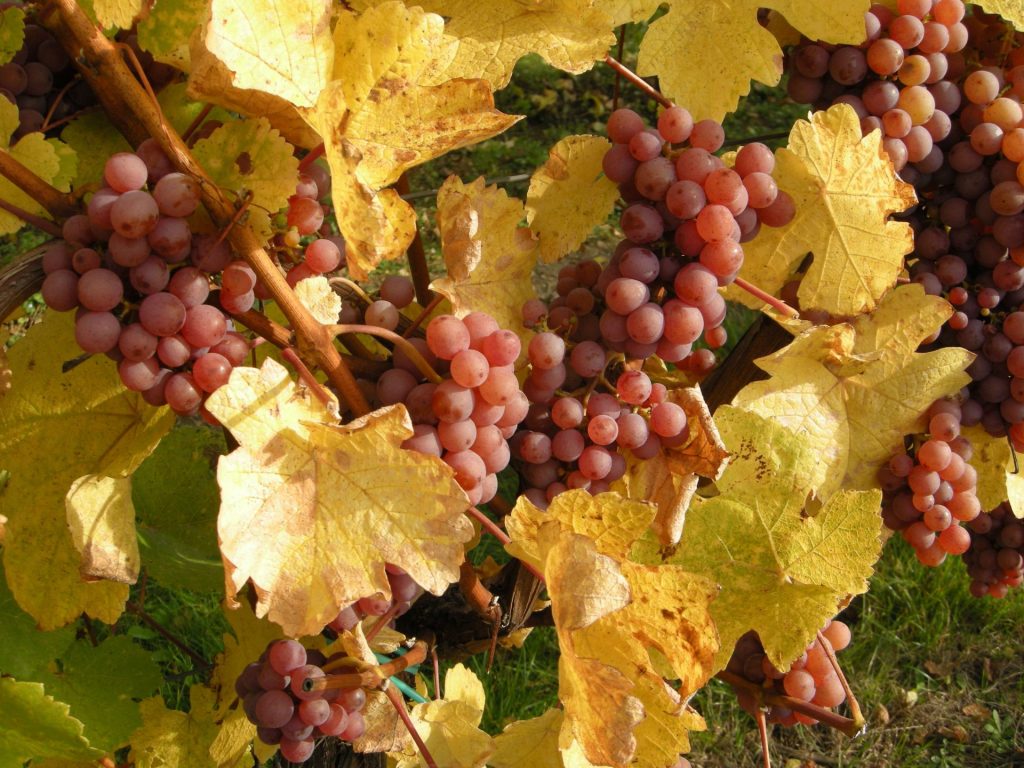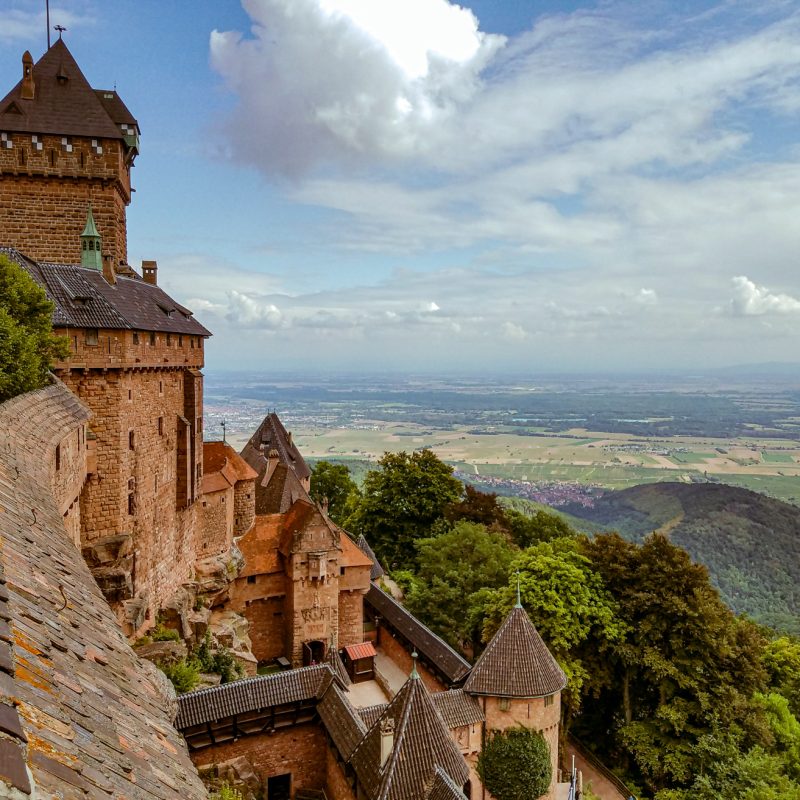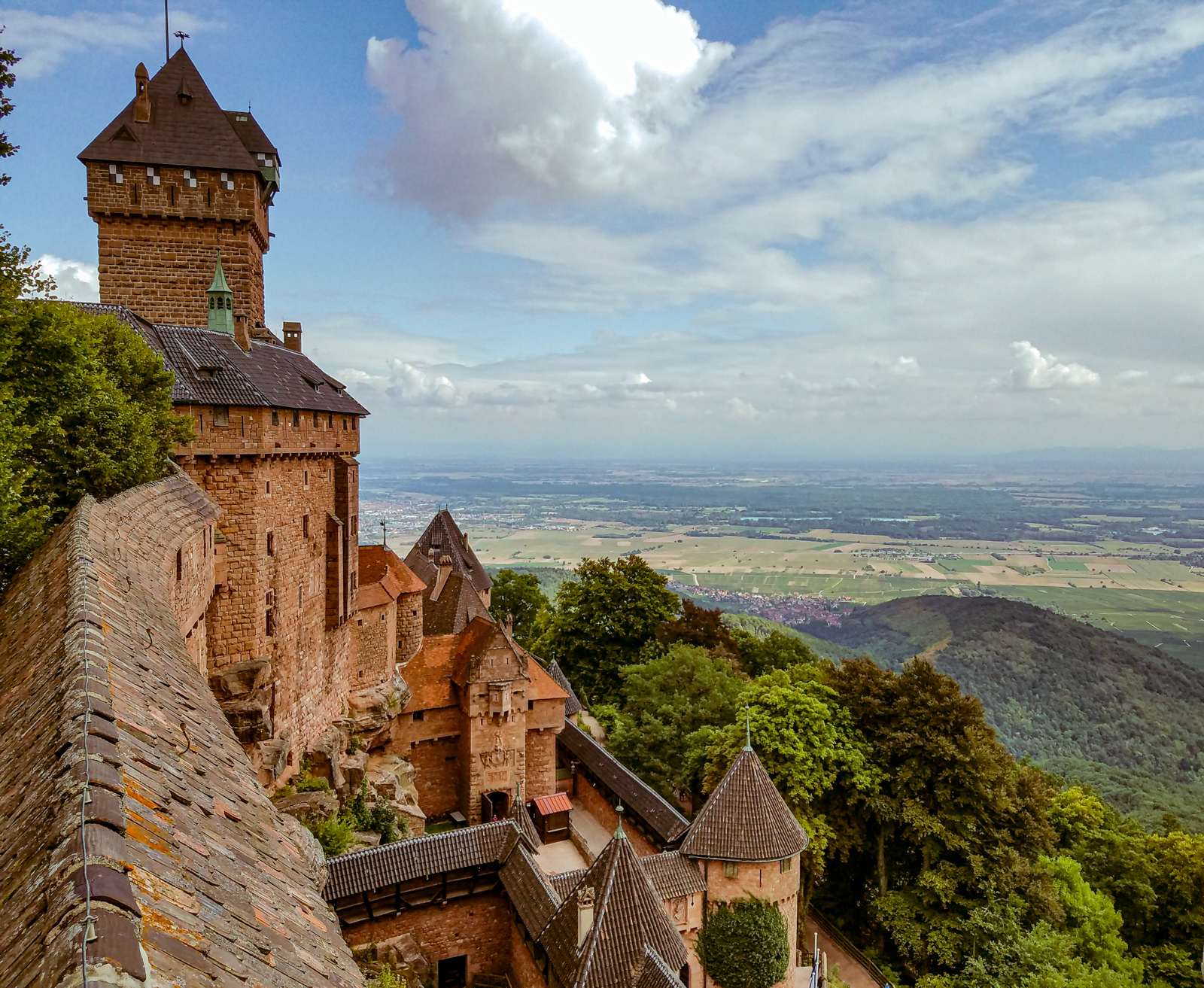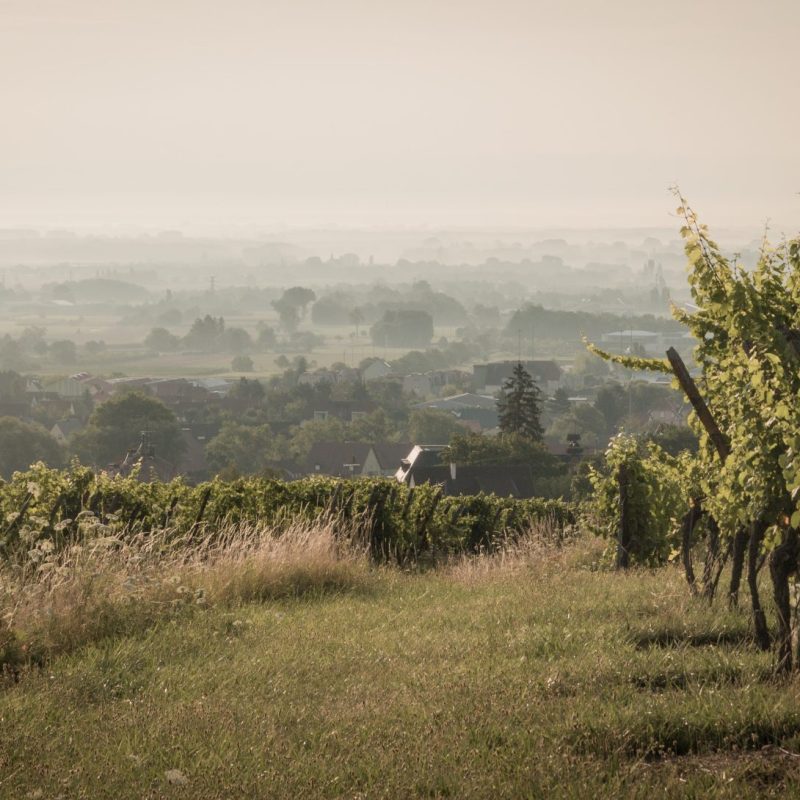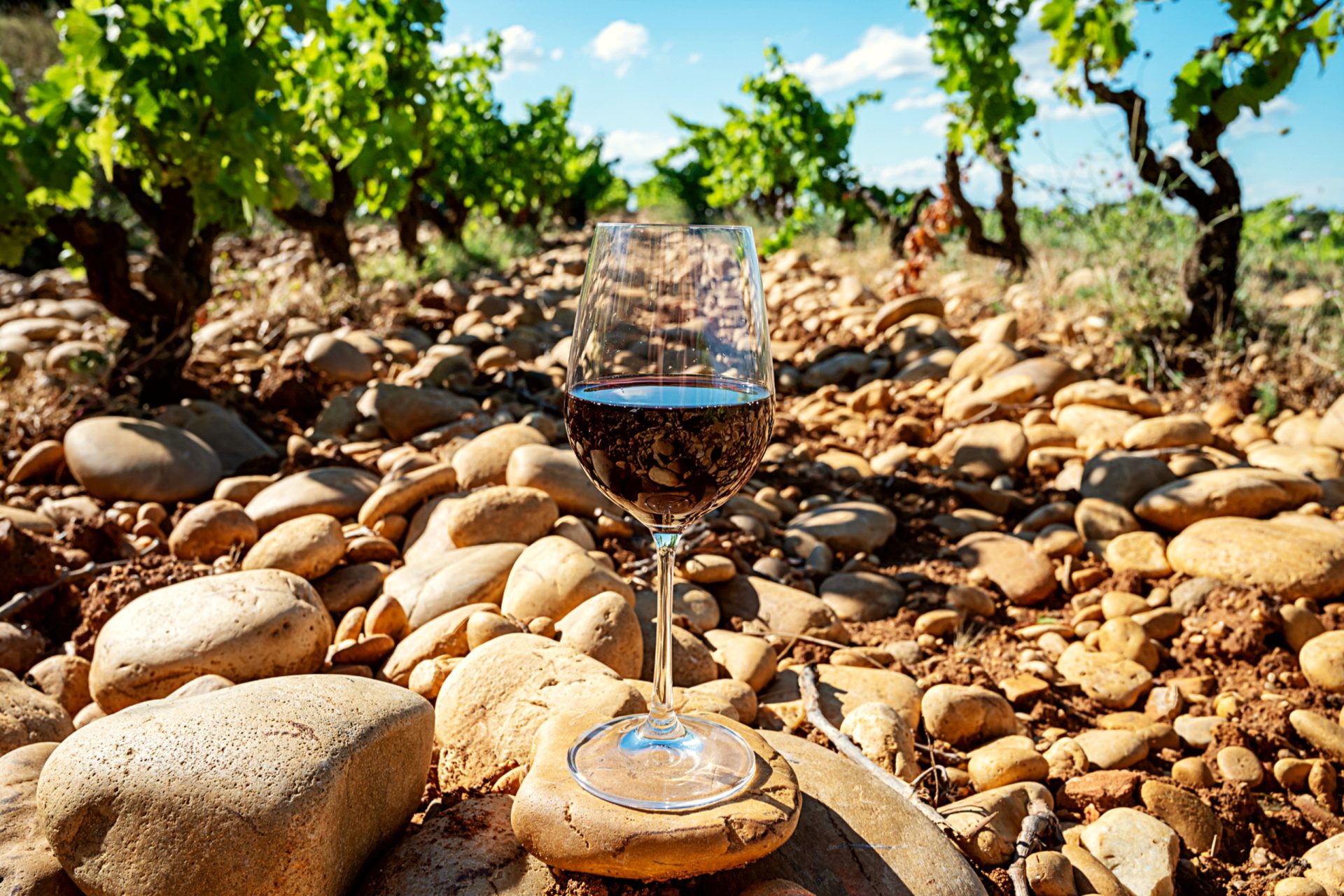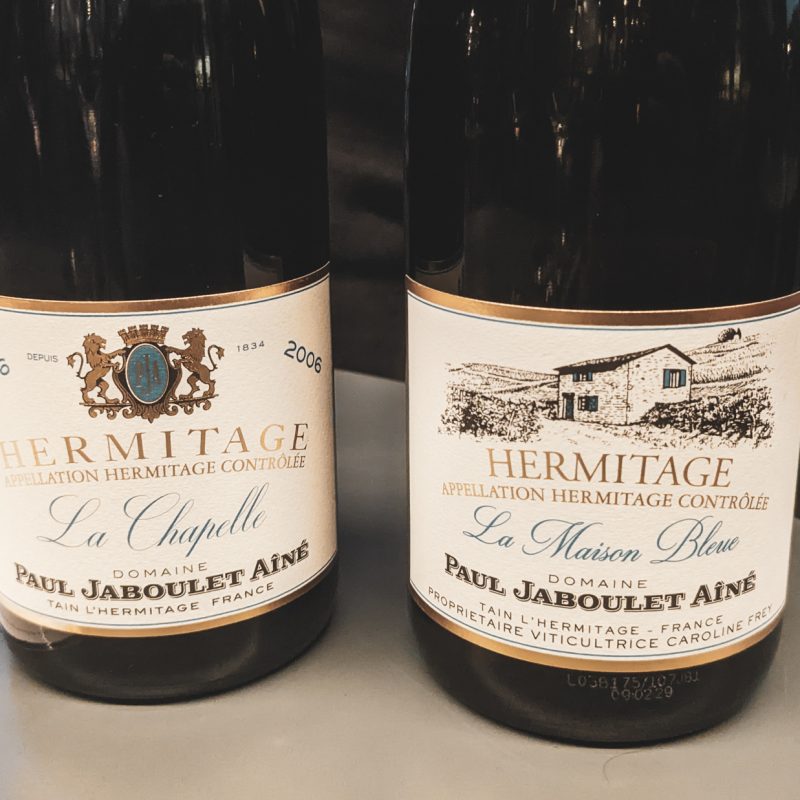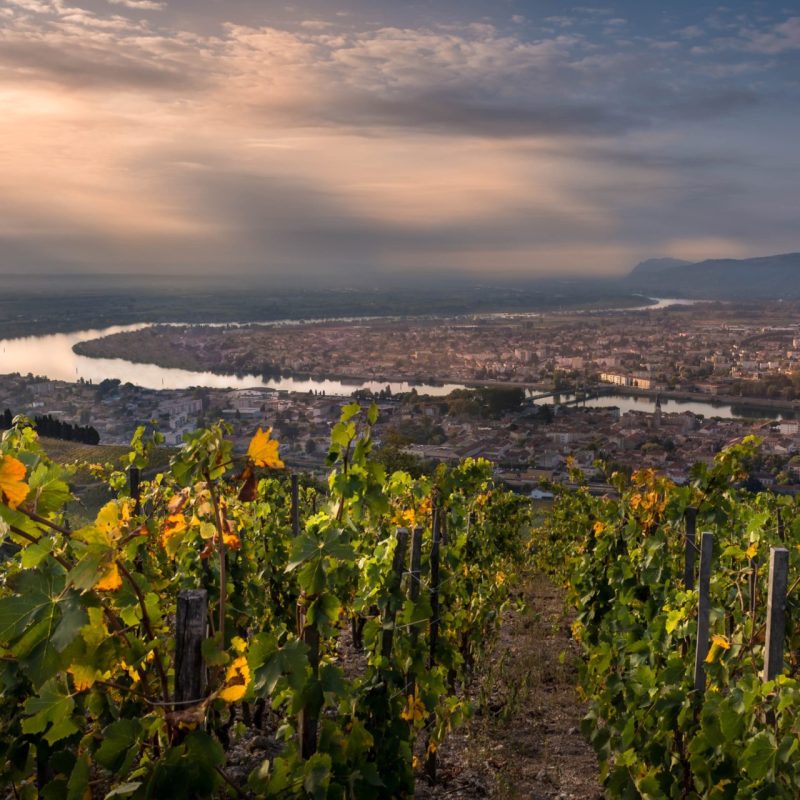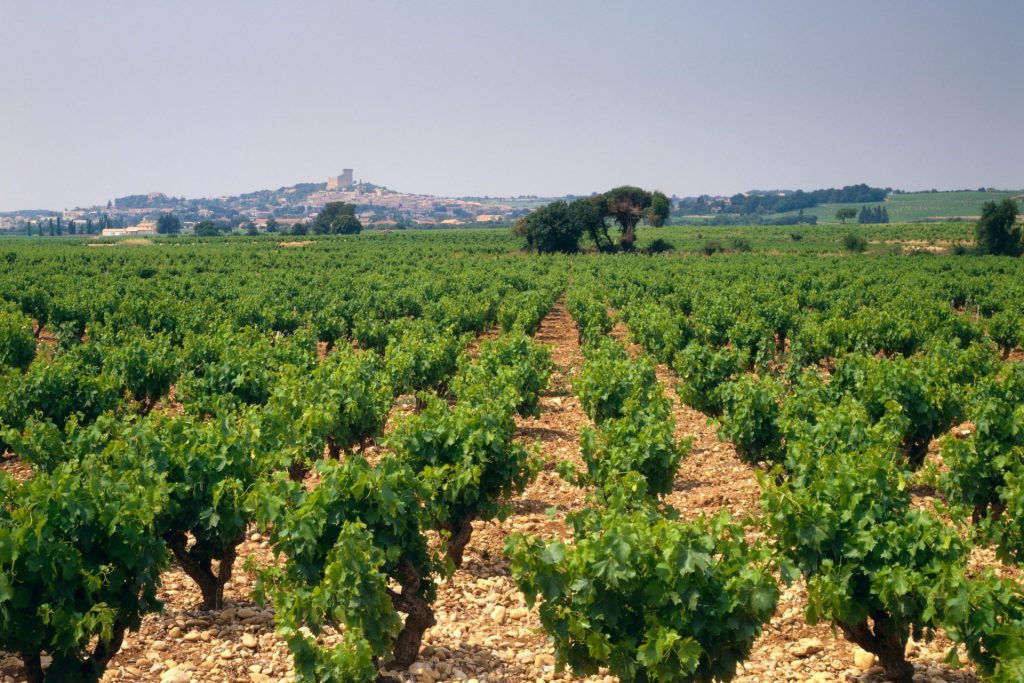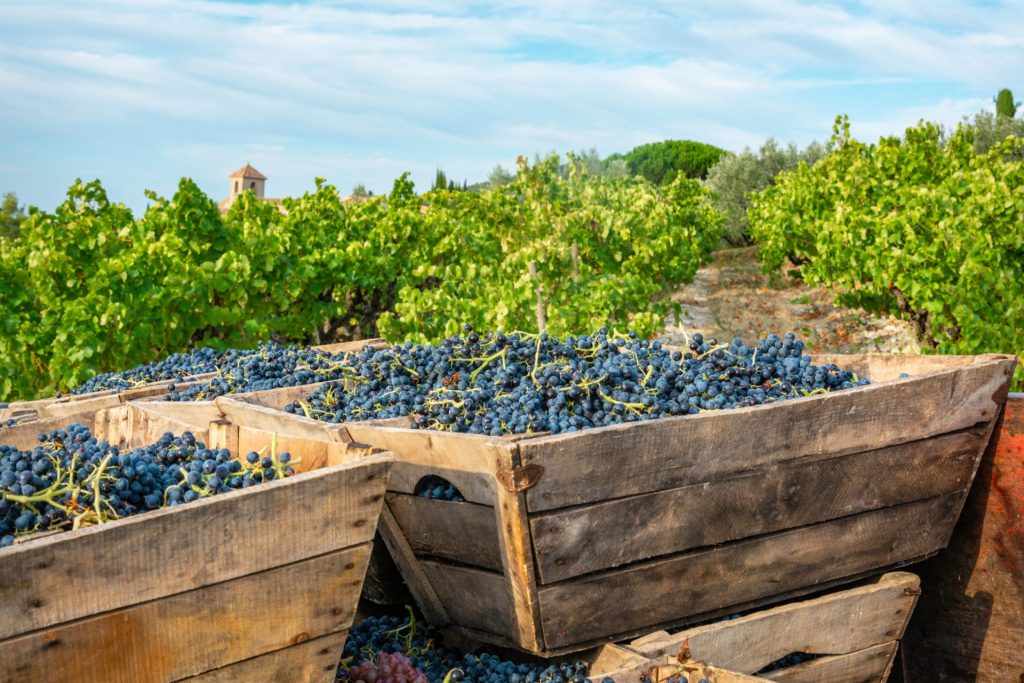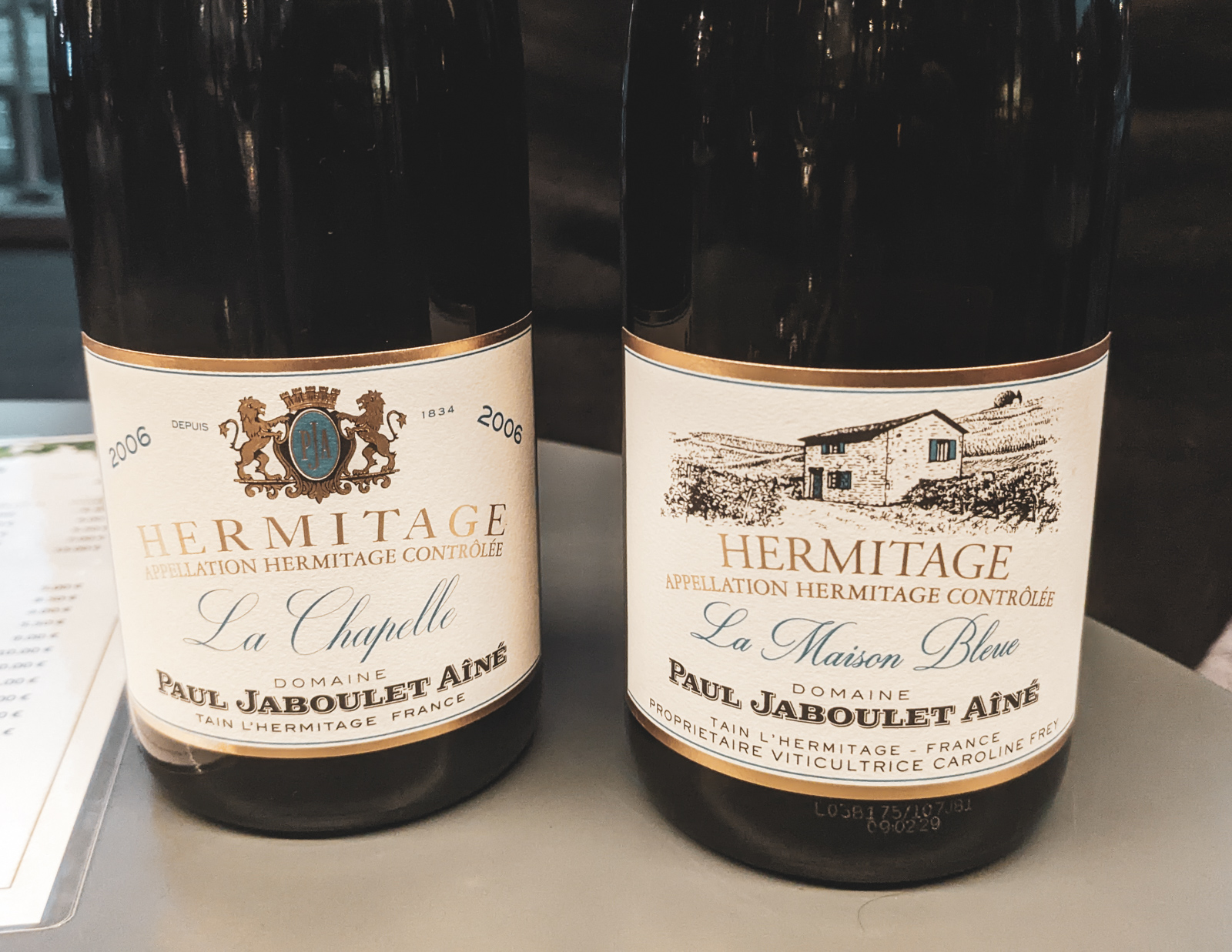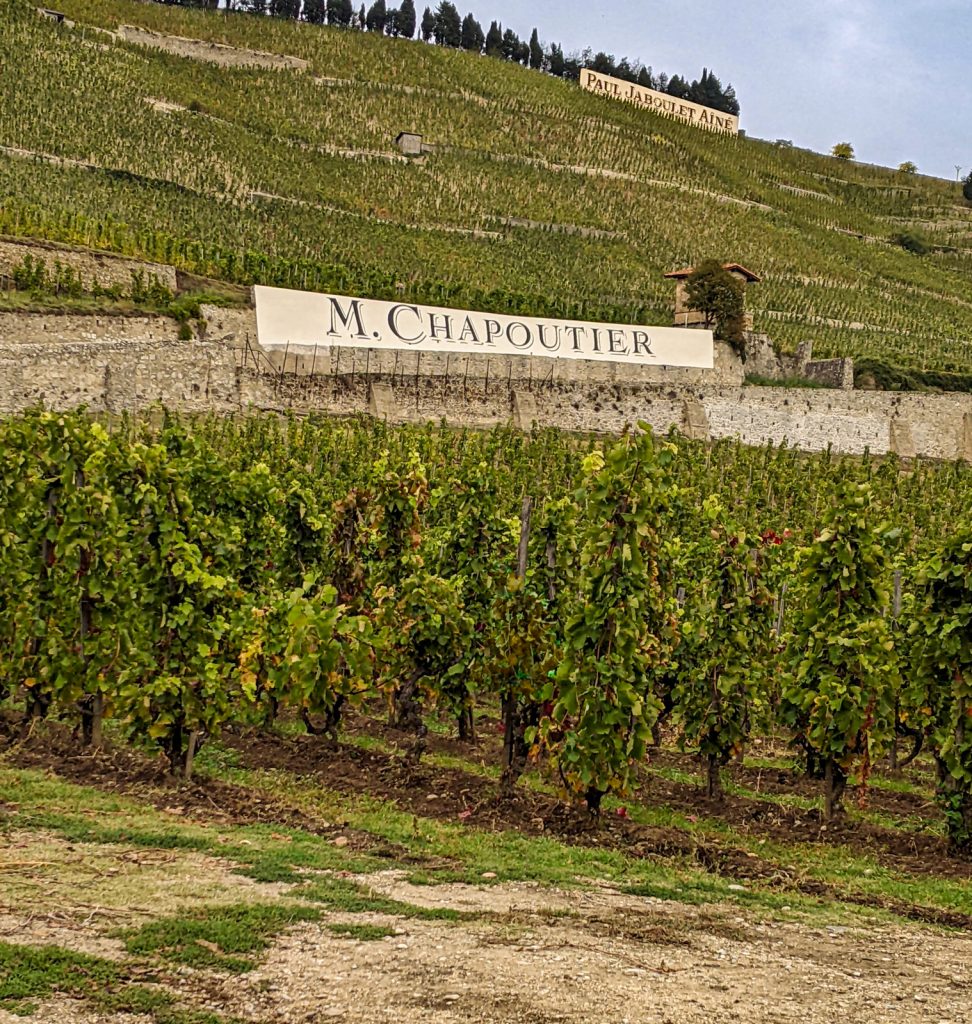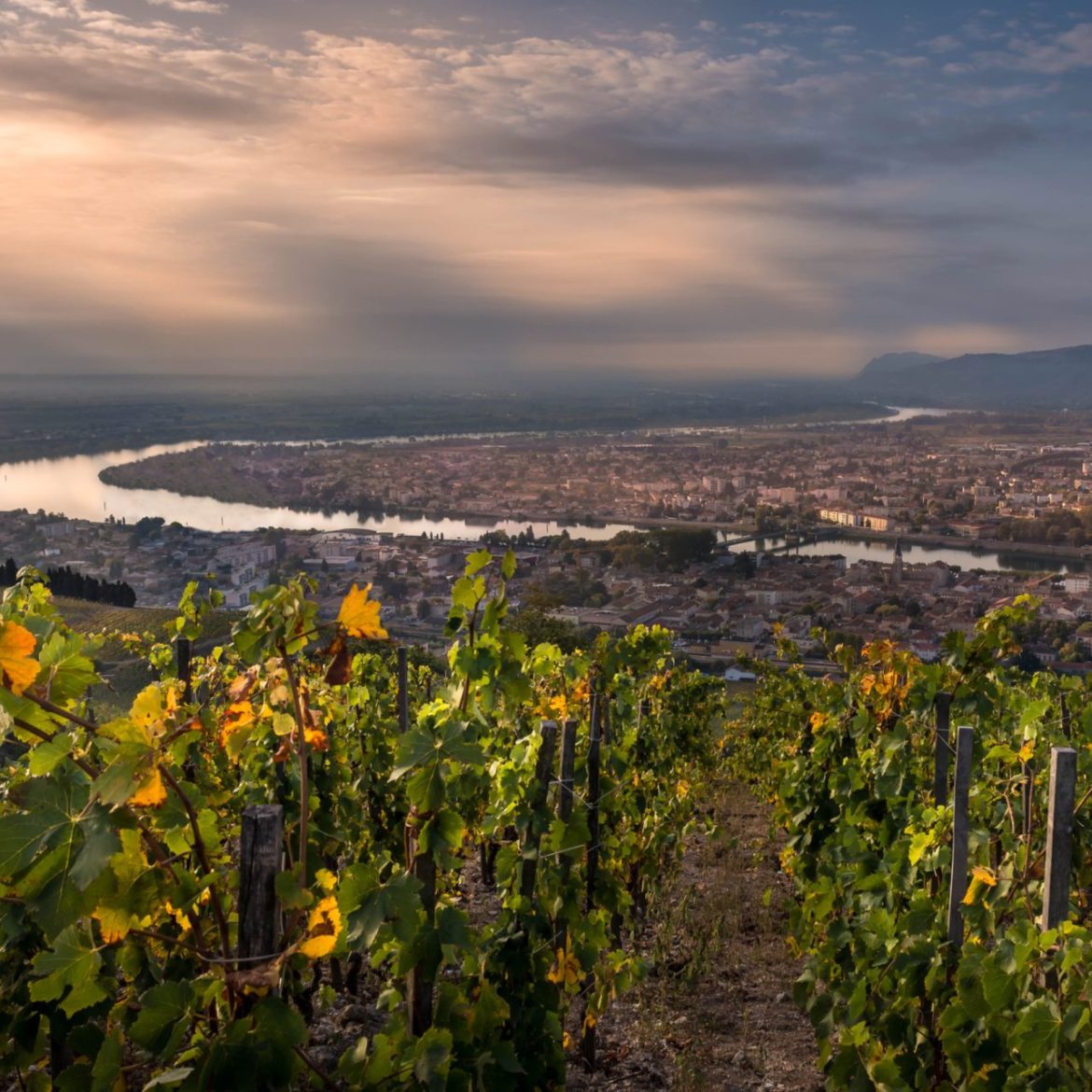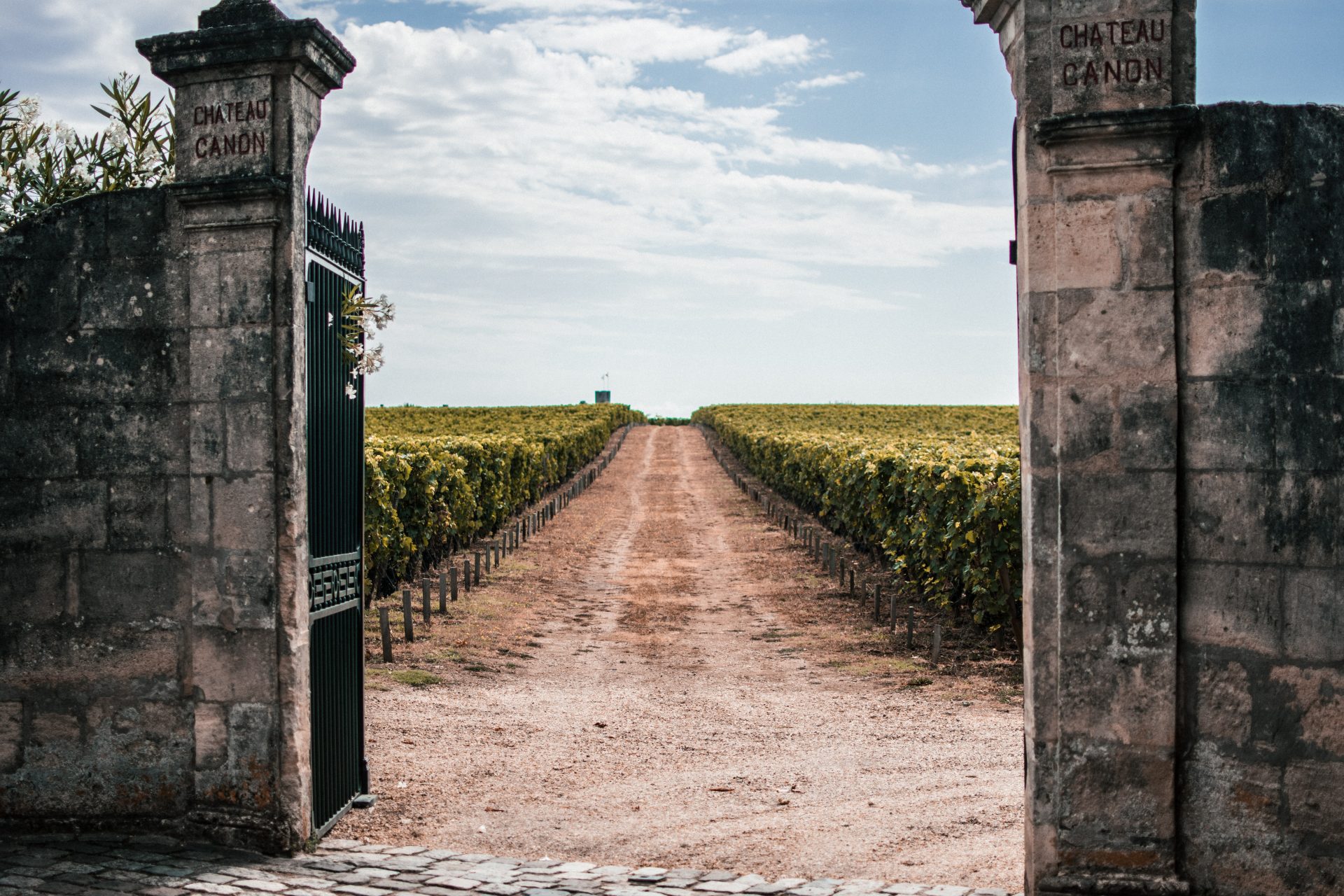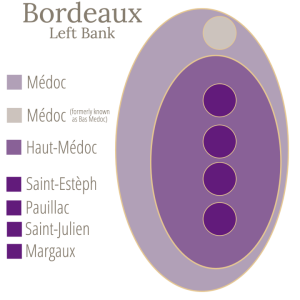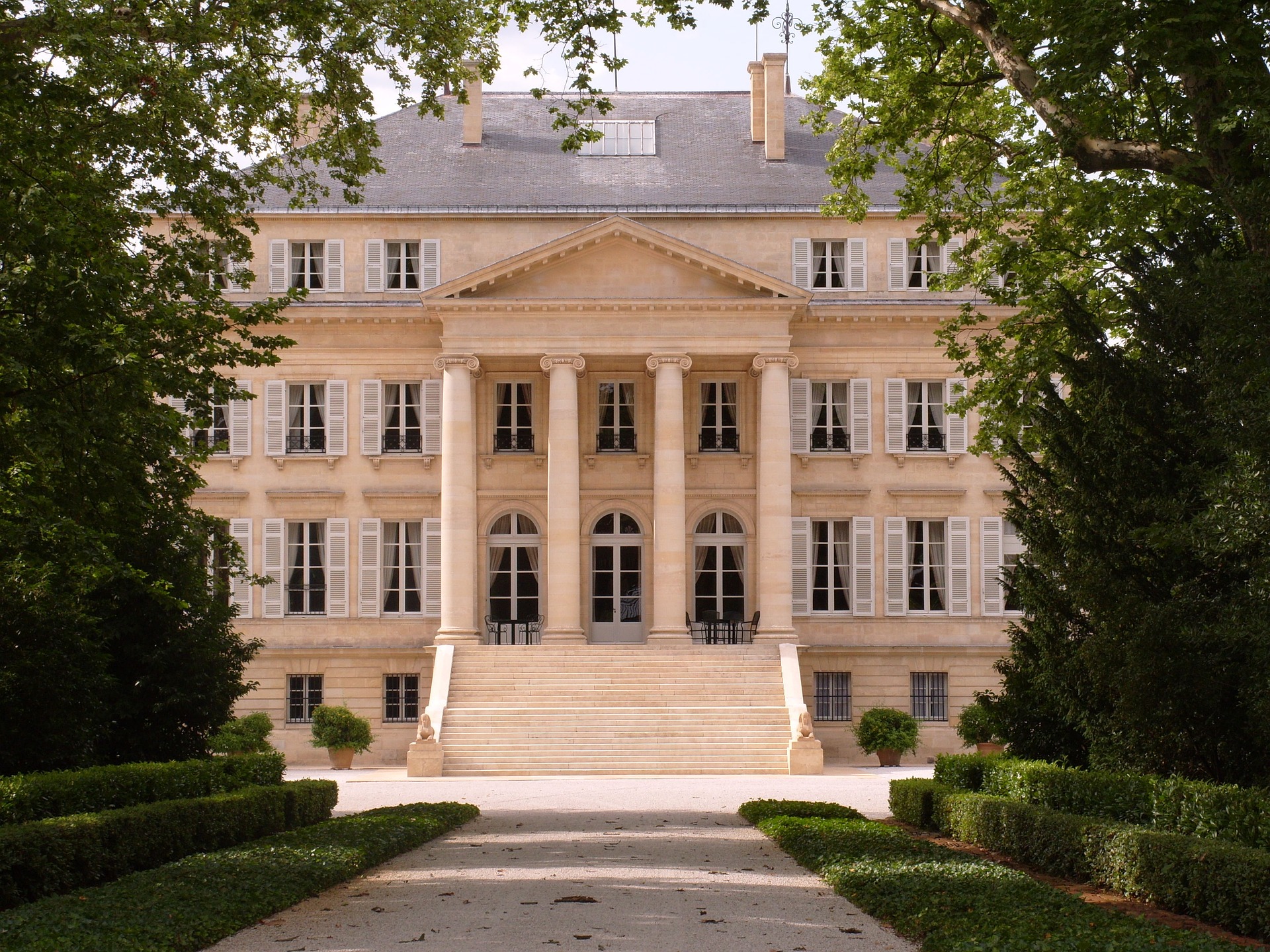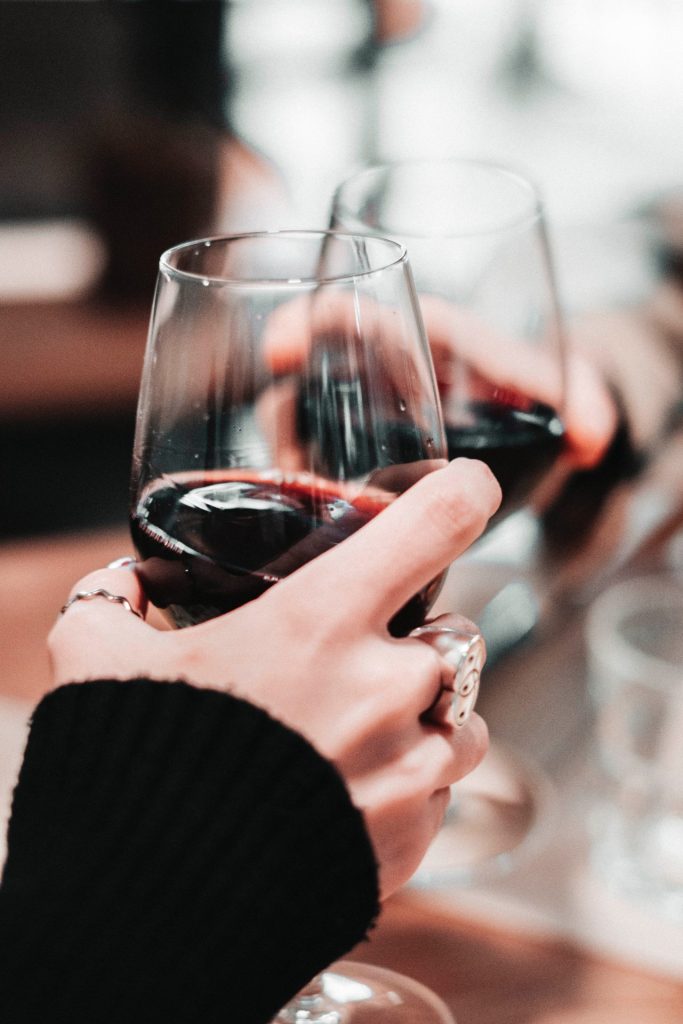Unlike some other wine regions, the Alsace appellation system is relatively simple. There are two main classifications for still wines: Alsace and Alsace Grand Cru. Because of its simplicity, some producers use language on labels to try to distinguish between their different qualities of wines. You might find the terms ‘Réserve Personnelle’ or ‘Cuvée Spéciale’ on labels, but they don’t have any legal status within the classification system; they are just some terms the producers use.
It’s important to know that the noble grape varieties are: Riesling, Muscat, Gewurztraminer, or Pinot Gris. In Alsace, the best wines will be 100% of a single variety, and bottles will be labeled with the name of the grape.
